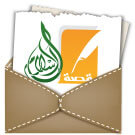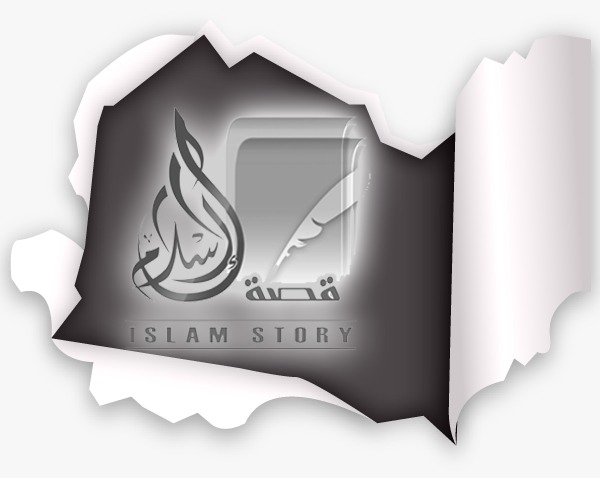Dr. Ragheb Elsergany
Biography
Islamic Art & Beauty
The 'Great Mosque of Guangzhou' is also known as Huaisheng Mosque which means 'Remember the Sage' (A Memorial Mosque to the Holy Prophet) and is also popularly called the 'Guangta Mosque' which translates as 'The Beacon Tower Mosque'. More
.jpg)
Islamic Art & Beauty
The early period of Islam is characterised by the foundation of Muslim Caliphate (state) and the establishment of the congregational mosque. This period witnessed the introduction of a number of architectural design principles and rules. More
.jpg)
Islamic Art & Beauty
Under the Umayyads, Islam spread to various lands, generating considerable prosperity and wealth. More
.jpg)
Islamic Art & Beauty
Al-Zahra became renowned for its high advanced civilisation, style and protocol in addition to the extensively decorated walls, floors and ceilings of its buildings. More
Islamic Art & Beauty
The spread of Islam had a wide-ranging impact on all aspects of the territory it controlled, even down to urban planning. Dr Saoud explains what Muslim cities have in common, how both natural and Sharia law contributed to their lay out and development. More

Islamic Art & Beauty
Though the present archaeological site covered by mudbrick ruins is vast, the site of Samarra was only lightly occupied in ancient times, apart from the Chalcolithic Samarran Culture (ca 5500–4800 BC) identified at the rich site of Tell Sawwan, where evidence of irrigation—including flax— establishes the presence of a prosperous settled More
.jpg)
Islamic Art & Beauty
Today, Greater Cairo encompasses various historic towns and modern districts into one of the most populous cities in the world. A journey through Cairo is a virtual time travel: from the Pyramids, Saladin's Citadel, the Virgin Mary's Tree, the Sphinx, and ancient Heliopolis, to Al-Azhar, the Mosque of Amr ibn al-A'as, Saqqara, the Hanging Church, More
.jpg)
Applied Sciences
The Holy Quran verses abound with clear indications to Geology, which urged Muslim scientists to study geology. Muslims depended in their study on the method of deduction and discipline searching for the truth. More

Applied Sciences
His name is Abu Ali al-Hassan Ibnul Haitham. He is of Arab origin and was called Ptolemy the Second. He's a collective scientist and one of the greatest Mathematics and Physics scientists. He was proficient in Medicine and got specialized but did not practice it. As we mentioned in the previous article, he is considered the founder of Optics. More
Applied Sciences
Just like all of the preceding sciences that had appeared before Islam, the Greek and other ancient civilizations were interested in Optics. They lay a lot of benchmarks that Muslims used when they practiced Optics. Muslims passed on what the Greek mentioned about light refraction, the burning mirror and more. More

نصيحتي لك: اذكر الله [1 / 12]
![نصيحتي لك: اذكر الله [1 / 12] نصيحتي لك: اذكر الله [1 / 12]](https://islamstory.com/images/upload/content_thumbs/1913613138ragheb-al-serjany-videos.jpg)
سلسلة «نصيحتي لك» يقدم فيها فضيلة الأستاذ الدكتور راغب السرجاني لفتات وومضات سريعة من الشريعة لكل مسلم، ما أحوجنا إليها الآن وفي كل آن!
MoreSubscribe to our mailing list

To receive the latest topics on email directly as they are published






.jpg)

